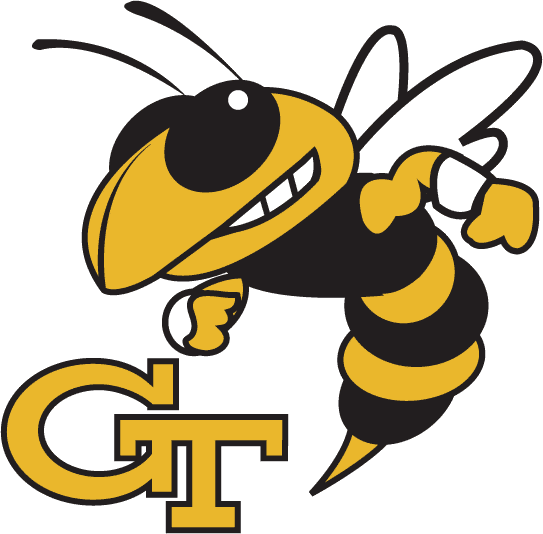AstroSLAM: Robust Visual Localization in Orbit
Space robotics technology is maturing fast enough that it is
time to start thinking how to utilize this
technology to support routine robotic operations in space in the
not-so-distant future. Recent technological
breakthroughs for ground robots, including perception and planning
algorithms, machine learning based pattern recognition, autonomy, new
computer hardware architectures (GPU, ASIC, FPGA), human-machine interfaces,
and dexterous manipulation, among many others, pave the way for similar
advancements in the area of robotic on-orbit operations to support failure
mitigation, large flexible structure assembly, on-orbit debris removal,
inspection, hardware upgrades, etc. Owing to the harsh environmental
conditions in space, only robots with increased robustness and high levels
of autonomy can perform these missions.
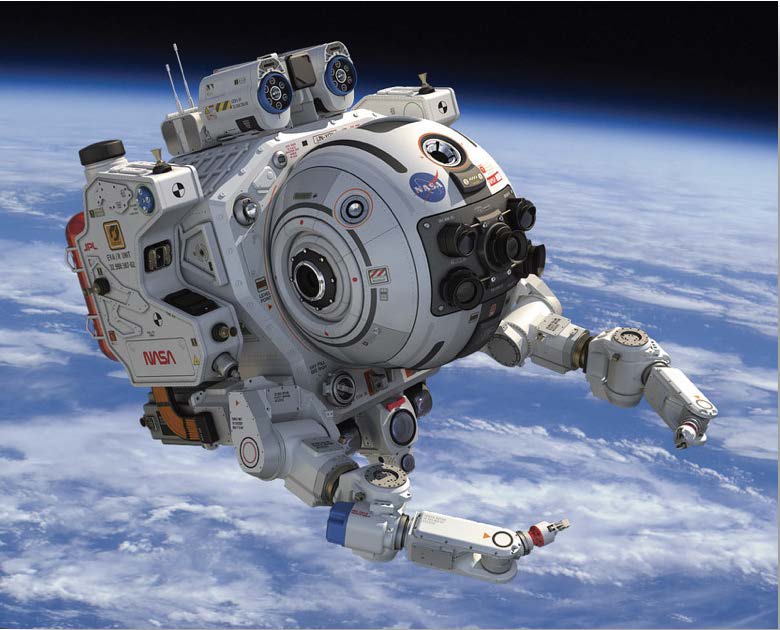
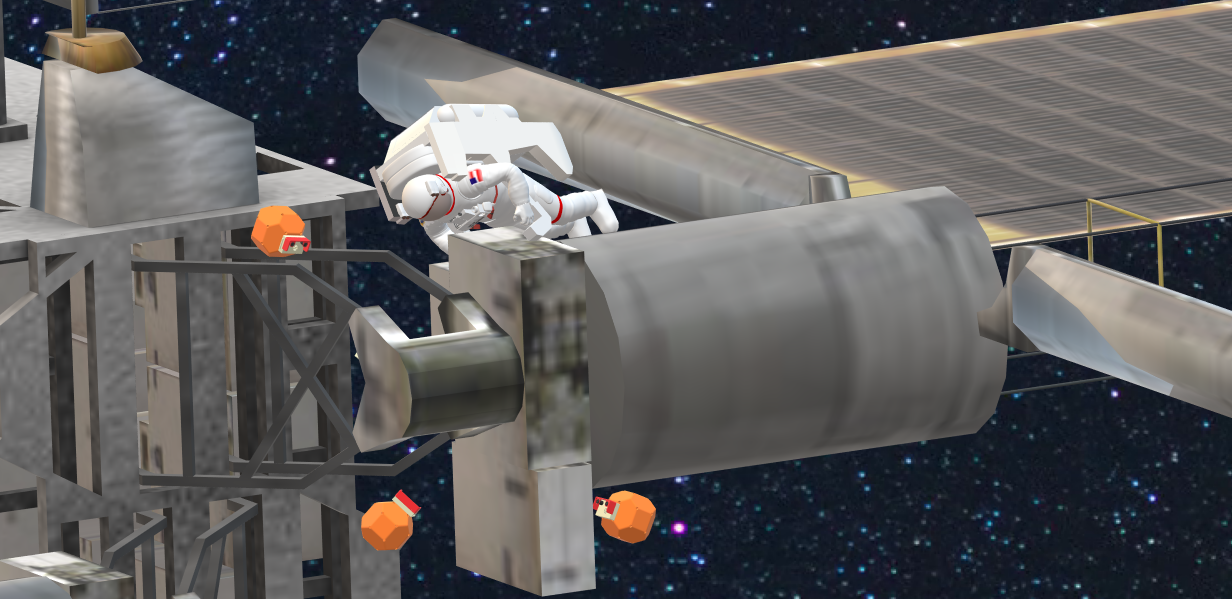
Key Research Objectives
This research will develop a novel visual perception, localization,
mapping, and planning algorithms that will enable new capabilities in
terms of situational awareness for space robots that can work alone or
alongside astronauts in orbit as “co-robots”. The proposed research plan
will develop novel automated feature extraction and matching algorithms
adapted to the challenging imaging conditions and motion constraints
imposed in space, so as to enable robust and reliable relative pose
estimation, 3D shape reconstruction and characterization of space objects.
We will develop innovative optimal planning and prediction methods matched
to these new perception capabilities that also
account for fuel usage and orbital motion constraints. The final outcome
will be the ability of astronauts and
space robots work together to enable:
– inspection, monitoring, and classification of resident space objects
(RSOs);
– maneuvering and proximity operations and docking, including salvage and
retrieval of malfunctioning
or tumbling spacecraft;
– servicing, construction, repair, upgrade, and refueling missions of
space assets in orbit.
Deep NN Architectures for Automated Feature Detection and Matching in Space
Investigation of novel image features that maximally
match across multiple camera views, that demonstrate high
repeatability, robustness to large change in viewing angle with respect to
the RSO, and adaptation to a highly
collimated light source (e.g., the Sun), with a lack of typical atmospheric
scattering. These features will be
automatically generated using deep neural network (DNN) architectures. This
task will also exploit surface
reflection models to extract the relevant information from images for
successful feature extraction.
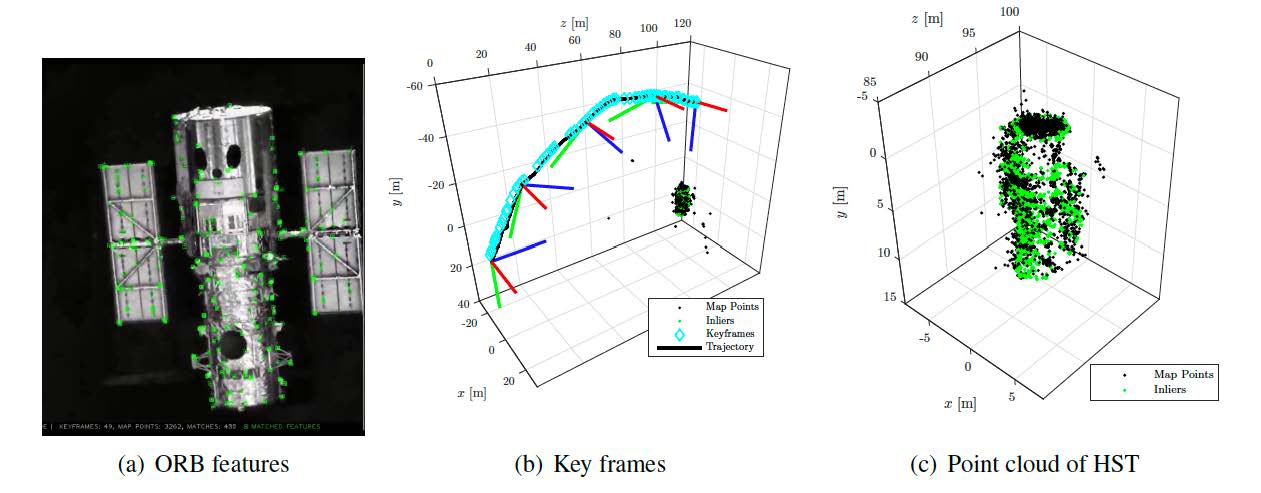
Full 4D Situational Awareness (4DSA) for Robots and Humans in Space
Provide space-time situational awareness for astronauts
in orbit by combining multiple camera streams using
a factor-graph optimization framework in order to generate pose and
predicted trajectories for all objects in the visual field. SLAM processes
“on the edge” will produce 3D representations used to match nearby
objects. We will make use of strong motion priors to enhance robustness
and reduce computational burden.
Multi-platform Kinodynamic Motion Planning for 4DSA
In order to provide continual 4D situational awareness
to astronauts we will develop methods to optimally move all agents
involved to the evolving task-needs. As input we assume the information
from the combined camera streams,
as well as additional task-specific visibility and fuel objectives to be
satisfied. We will develop algorithms to provide finite-horizon plans for
all platforms, satisfying task objectives as well as avoiding collisions.
Experimental Validation
The theoretical results will be validated using state-of-the-art ASTROS (Autonomous Spacecraft Testing of Robotic Operations in Space) and COSMOS (COntrol and Simulation of Multi-Spacecraft Operations in Space) experimental platforms at Georgia Tech that allow the simulation of realistic translational and rotational dynamics of spacecraft in 1-g environment.
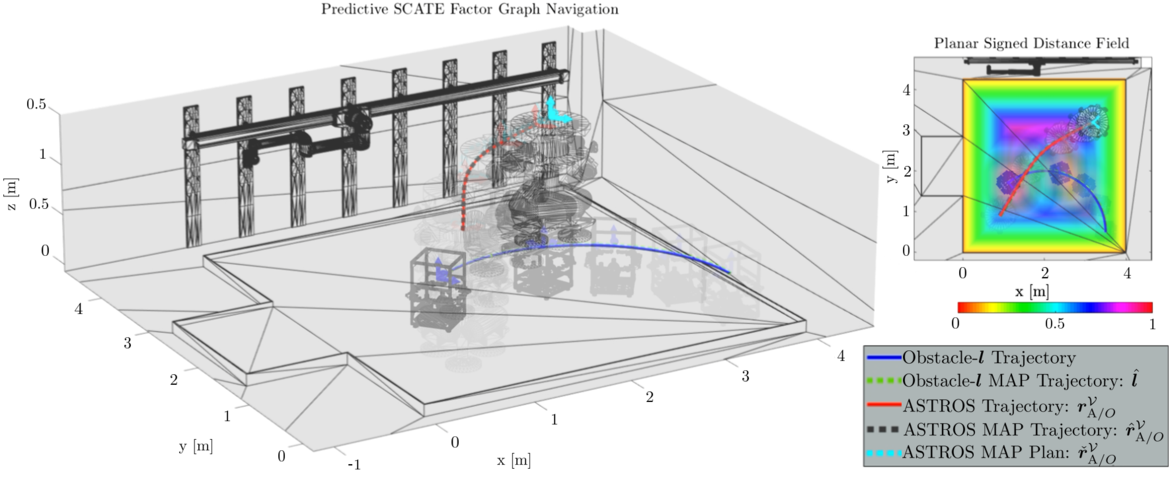
Selected Publications and Presentations
- King-Smith, M., Dor, M., Valverde, A., and Tsiotras, P., “Nonlinear Dual Quaternion Control of Spacecraft-Manipulator Systems,” International Symposium on Artificial Intelligence, Robotics and Automation in Space, Pasadena, CA, Oct. 18–21, 2020.
- Driver, T., Dor, M., Skinner, K., and Tsiotras, P., “Shape Carving in Space: A Visual SLAM Approach to 3D Shape Reconstruction of a Small Celestial Body,” AIAA/AAS Astrodynamics Specialists Conference, South Lake Tahoe, CA, August 9-13, 2020.
- Ticozzi, L., Corinaldesi, G., Massari, M., Cavenago, F., King-Smith, M., and Tsiotras, P., “Coordinated Control of Spacecraft-Manipulator with Singularity Avoidance using Dual Quaternions,” 72nd International Astronautical Congress, Dubai, United Arab Emirates, Oct. 25–29, 2021.
- King-Smith, M., Tsiotras, P., and Dellaert, F., “Simultaneous Control and Trajectory Estimation for Collision Avoidance of Autonomous Robotic Spacecraft Systems,” International Conference on Robotics and Automation, Philadelphia, PA, May 23–27, 2022, pp.~257--264
- "Visual SLAM for Asteroid Relative Navigation", with M. Dor, T. Driver, and K. Skinner, Workshop on AI for Space (AI4Space), Conference on Computer Vision and Pattern Recognition, June 19–25, 2021 (virtual).
- Driver, T., Skinner, K., Dor, M., and Tsiotras, P., "AstroVision: Towards Autonomous Feature Detection and Description for Missions to Small Bodies Using Deep Learning", Acta Astronautica, Special Issue on Artificial Intelligence for Space (AI for Space), Vol. 210, pp. 393-410, Sept. 2023.
- Dor, M., Driver, T., Getzandanner, K., and Tsiotras, P., "AstroSLAM: Autonomous Monocular Navigation in the Vicinity of a Celestial Small Body -Theory and Experiments", International Journal of Robotics Research , Vol. 43, No. 11, pp. 1770-1808, 2024.
- "Seeing in the Dark: Feature Extraction and Matching in Low-Light Regions Using Deep Learning," with D. Kapu and T. Driver, 6th Space Imaging Workshop, Atlanta, GA, Oct. 7-9, 2024.
- "Line-Based Monocular SLAM for Spacecraft RPO," with I. Velentzas, 6th Space Imaging Workshop, Atlanta, GA, Oct. 7-9, 2024.
- King-Smith, M., and Tsiotras, P., "Robust Hybrid Global Dual Quaternion Pose Control of Spacecraft-Mounted Robotic Systems," AIAA Journal of Guidance, Control, and Dynamics, Vol. 47, No. 1, pp. 5-19, 2024.
- Florez, J.-D., Dor, M., and Tsiotras, P., "Initialization of Monocular Vision-based Navigation for Autonomous Agents Using Modified Structure from Small Motion," American Control Conference, Denver, CO, July 8-10, 2025.
- Xue, S., Dill, J., Pranay, P., Dellaert, F., Tsiotras, P., and Xu, D., "Neural Visibility Field for Active Mapping," Conference on Vision and Pattern Recognition, Seattle, WA, June 17-21, 2024, pp. 18122-18132.
- Velentzas, I., Dor, M., and Tsiotras, P., "A Robust Monocular SLAM approach for Spacecraft Rendezvous and Proximity Operations," AIAA SciTech, Orlando, FL, Jan.8-12, 2024, AIAA Paper 2024-0434.
- Velentzas I. and Tsiotras, P., "IRoLSD: Illumination Robust Line Segment Detection for Spacecraft Relative Navigation," Acta Astronautica, 2025 (to appear).
- Velentzas, I. G., Florez, J.-D., Bruckner, N., Dor, M., and Tsiotras, P., "SISIFOS: Specialized Illumination SImulator For Orbiting Spacecraft," AIAA SciTech, Orlando, FL, Jan. 12-16, 2026.
Sponsor
This research has been sponsored by NSF.
Contact
For more information contact Iason Velentzas.

